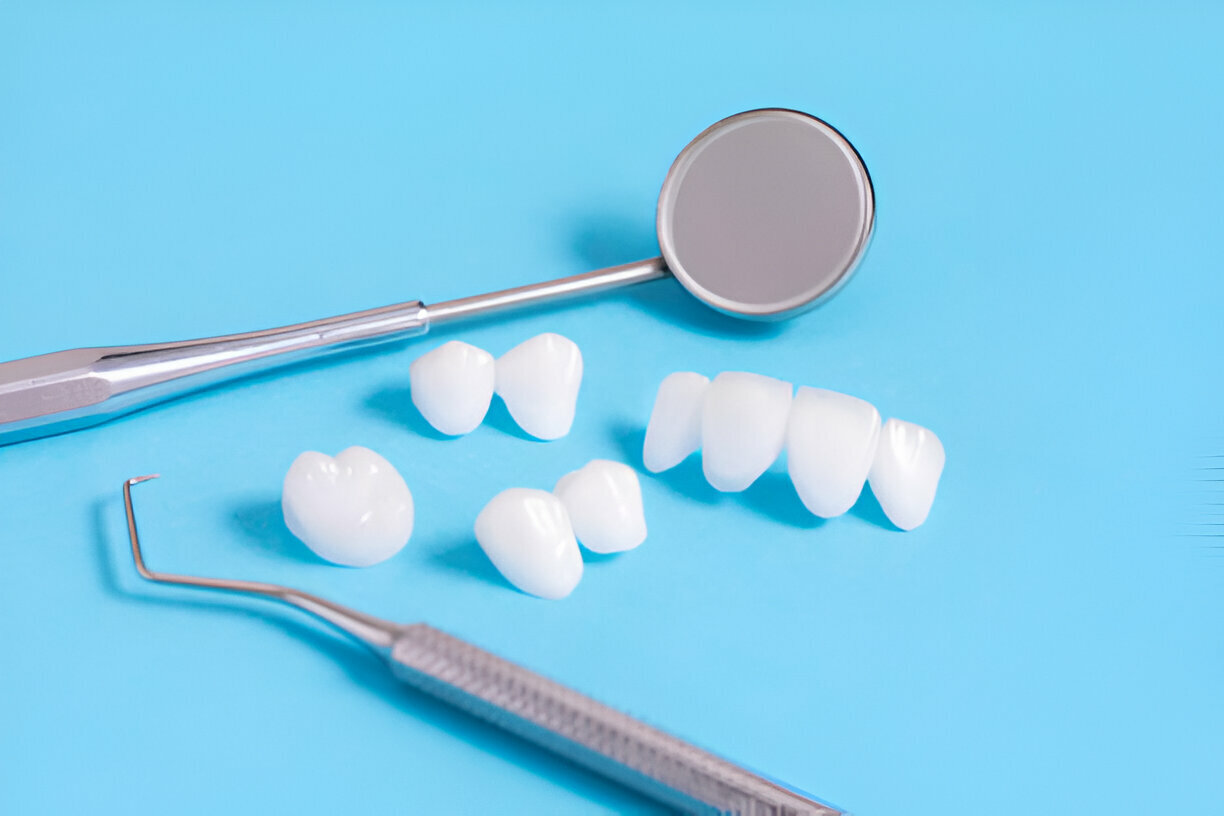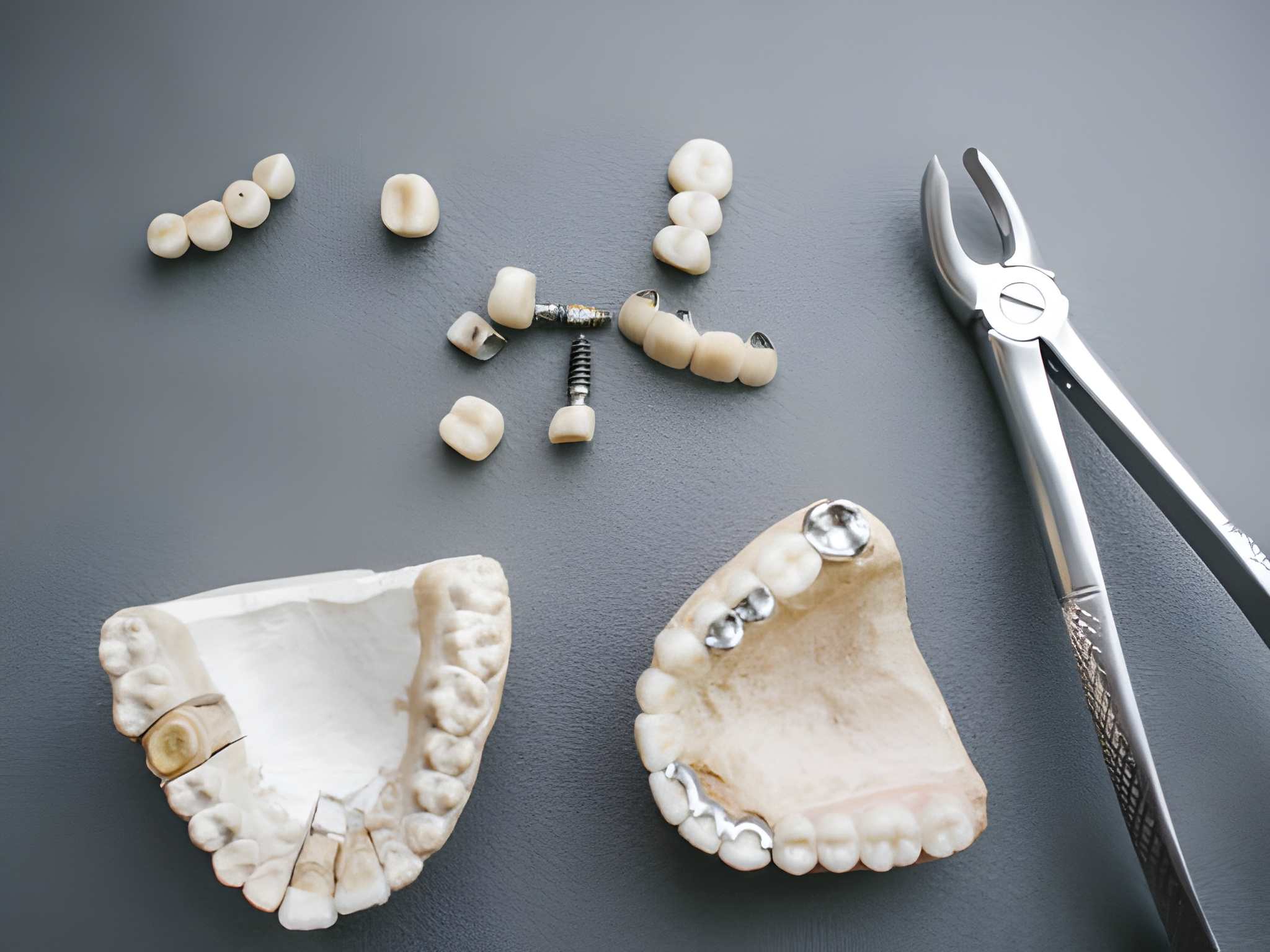Summary
Even if you were born with the perfect smile, maintaining it can be challenging as you grow up.
We say this because despite maintaining the best oral health, most individuals experience dental issues. These problems tend to affect the appearance of the teeth over time, resulting in structural or discoloration damage.
However, this is where premier orthodontic options like porcelain veneers step in to restore your smile. These long-lasting (nearly 20 years under ideal conditions) prosthetics give you the best smile in record time.
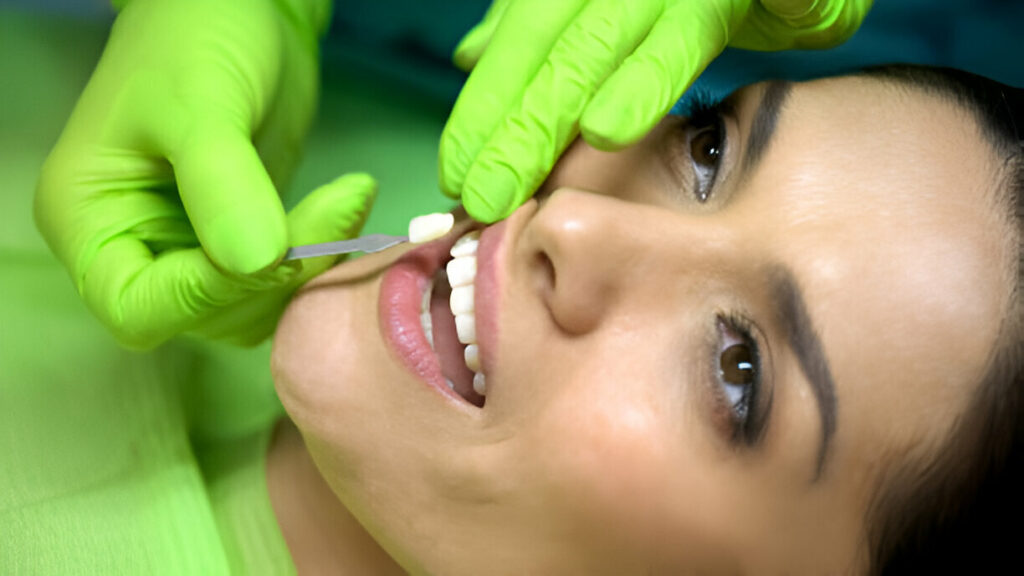
In this blog, we take a closer look at the different aspects of porcelain veneers via topics like:
- Porcelain Veneers – What Are They About?
- Why Veneers for Your Teeth?
- Steps Involved In Getting Veneers
- 5 Things to Know Before You Wear Veneers
Continue reading as we learn more about porcelain veneers in the following sections.
Porcelain Veneers – What Are They About?
Porcelain veneers are a standard cosmetic dentistry procedure for improving the look of teeth. They are in the form of a thin covering of porcelain cemented to the front surface of teeth to improve their color, shape, and size cosmetically.
Veneers may correct a variety of cosmetic dental complications, giving you your finest smile:
- Chipped or fractured teeth
- Teeth with significant gaps or misplaced
- Discolored or stained teeth
- Small teeth
- Worn down teeth
Thanks to their stain-resistant nature, veneers are the best option to enhance your smile for an extended period (often at least a decade).
Why Veneers for Your Teeth?
a. Corrects Unwanted Imperfections
One key benefit of porcelain veneers is their ability to quickly fix chipped, damaged, or gapped teeth. Veneers provide quick effects and, in most cases, prevent the need for subsequent dental cosmetic operations. Overall, porcelain veneers can cover minor aesthetic and orthodontic concerns.
b. Whitens Your Teeth Immediately
Porcelain veneers are an easy way to treat discolored or yellowed teeth. They protect the front section of the teeth, hiding any discoloration and creating a more attractive grin.
Porcelain veneers are stain-resistant, providing both protection and endurance. After this dental operation, people cannot whiten their capped teeth. Instead, they may enjoy coffee, wine, and other beverages without hesitation.
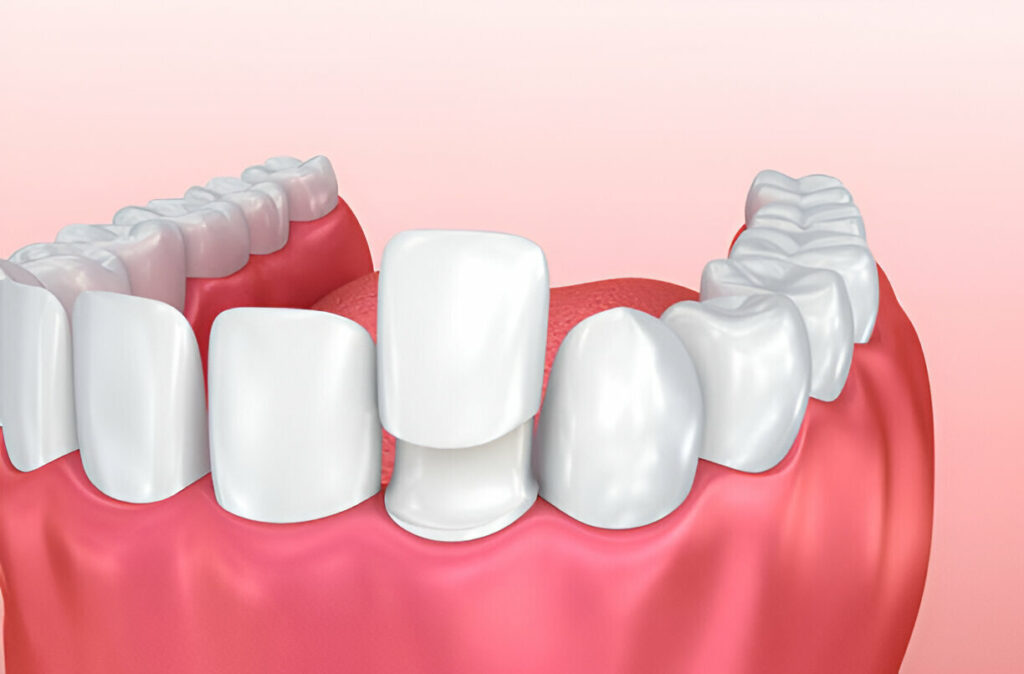
c. Provides A Protective Coating to the Teeth
Tooth enamel contributes significantly to tooth function and lifetime. Enamel is considered considerably more potent than bone in the human body. Despite its resilience, enamel can wear away over time, leaving teeth vulnerable to decay, discoloration, and other oral problems.
Porcelain veneers provide a layer of protection for teeth and can be used to repair damaged enamel. Veneers help reduce the pain and unpleasant appearance caused by worn-down enamel.
Steps Involved In Getting Veneers
Porcelain veneers are a cosmetic dental procedure that can offer various advantages to people who want to improve the appearance of their teeth.
The treatment for porcelain veneers in Garland is quite simple and usually consists of multiple phases, including:
Step 1 – Initial Consultation
During an initial consultation, a dental expert will assess your oral health and discuss your objectives and concerns to determine whether porcelain veneers are the best option. They will also explain the procedure thoroughly and answer any questions.
Step 2 – Preparation of the Teeth
Before veneers are applied, the teeth must be prepped by removing a small amount of tooth structure, which is required to allow room for the veneers and ensure a good fit.
Step 3 – Taking Impressions
Once the teeth have been prepped, the experts will convert your imprints to make a replica of your teeth. The dental lab will utilize this model to create the veneers.
During this phase, the facility’s veneers use high-quality porcelain materials to replicate tooth enamel’s natural clarity and color. The procedure usually takes one to two weeks.
Step 4 – Bonding of Veneers to the Teeth
After producing the veneers, they are attached to the teeth using a specific dental adhesive. Once the veneers are designed, the bonding procedure is performed in the dentist’s office. The dentist will make some final modifications (if required) to ensure a good fit and a natural appearance.
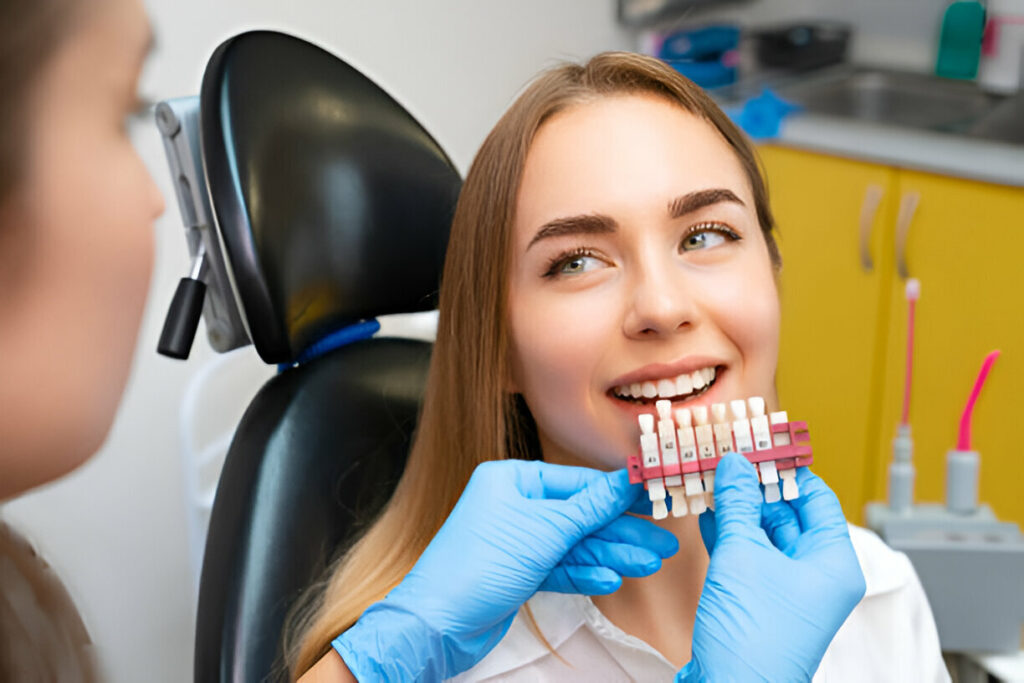
5 Things to Know Before You Wear Veneers
1. You Need to Start with Healthy Teeth
Before you can begin with veneers, your teeth must be clear of cavities and diseases.
Infected teeth cannot be repaired with cosmetic restorations. The gums around your teeth should be healthy and inflammation-free.
If you need to improve your dental hygiene practices, now is the time. Porcelain crowns may be better for repairing a smile with decaying, fractured teeth.
2. You Can Choose the Shape and Color
One of the benefits of veneers is that you can fully personalize your new look. Take your pick from various forms, sizes, and colors available at your Garland Texas dentist.
They can assist you with this procedure as you test several single veneers to find the ideal color and fit. Some patients want extremely white and dazzling veneers, but others prefer a more natural, less obvious appearance.
3. Porcelain Veneers Are Made to Last
Porcelain veneers will not last forever, but their average longevity is 10 to 20 years (with regular maintenance). Veneers, like actual teeth, are prone to wear and tear over time.
Your dentist will show you how to properly care for your new teeth so that they last for many years. It is up to you, the patient, to prolong the life of your new veneers.
4. Veneers Require a Two-Step Process
Most veneers are porcelain constructed to fit each patient’s mouth. Your dentist will begin by taking an imprint of your bite, which will be sent to a laboratory. You will be required to wear temporary veneers for a few weeks before the permanent ones are ready to be put on.
Note: Even “no-prep” veneers require this additional process before customization.
5. Veneers Are a Long-Term Commitment
After your veneers are installed, be cautious not to expose them to anything that might harm them. Refrain from biting your nails, avoid hard candies, and never open things with your teeth.
Takeaway
- One key benefit of porcelain veneers is their ability to quickly fix chipped, damaged, or gapped teeth.
- Porcelain veneers will not last forever, but they have an average lifespan of 10 to 20 years (with regular maintenance).
- Your dentist will show you how to properly care for your new teeth so that they last for many years.
- Infected teeth cannot be repaired with cosmetic restorations. The gums around your teeth should be healthy and inflammation-free.
- Let’s revamp your smile at North Texas Family & Cosmetic Dentistry today!

